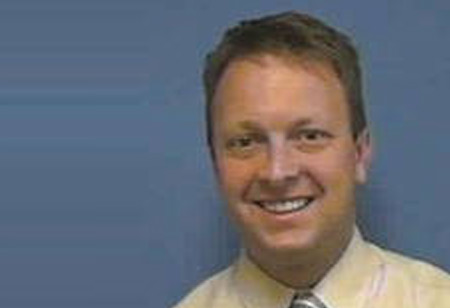Thank you for Subscribing to Healthcare Business Review Weekly Brief

Importance of Physician Leadership in Revenue Cycle Management
Healthcare Business Review
Few physicians understand a hospital’s revenue cycle. Practicing physicians top priority is patient care, as it should be, and most have little concern how their practice impacts hospital finances. In the era of cost containment, cost consciousness, price transparency and accountable care, physicians need greater awareness of the hospital revenue cycle and healthcare finances in general. Patients are becoming increasingly savvy and their physicians need a basic understanding of hospital finances in order to communicate with them intelligently.
When it comes to hospital based revenue cycle and finances, physicians have the greatest control over assigning admission status and diagnosis related group t. Though Utilization Management (UM) and Clinical Documentation Integrity (CDI) departments follow criteria and rules regarding these areas, the physician’s orders and documentation still drive these decisions. In the last ten years, physician and other healthcare providers are becoming more accustomed and comfortable with this but there is still a large knowledge gap for most providers and institutions. For this reason, it is imperative for intimate physician leadership in the UM and CDI processes. Assuring this will increase physician knowledge of and skill in revenue cycle and decrease the distance between revenue cycle and the bedside.
This concept of decreasing the distance between revenue cycle and the bedside is an important one as it seems many areas of healthcare management are increasing the distance from the bedside. That is tolerable for some areas but for UM and CDI, it is not. Physician leadership in revenue cycle can take many forms and one form is not necessarily better or worse than another. This involvement can be a chief medical officer position to a medical director or can take the form of dedicated or even part time physician advisors. This leadership structure will depend on the needs of the institution, its size and resources as well as the talent available to it. Some health systems may have an internal candidate capable of fulfilling this role while others may need to seek an outside candidate. Whatever this model looks like, physicians involved in the revenue cycle process should be intimately involved in the following domains.
• Connection between revenue cycle and executive leadership. Revenue cycle usually reports up through the institutions CFO. Several of the people in this hierarchy may have a clinical background but if they do, it likely has not kept up with the current healthcare landscape pertaining to clinical practice. UM and CDI may have excellent ideas and initiatives but often they may not have the organizational influence to modify or change policy or procedure. A physician leader in revenue cycle can help bridge this gap and be an advocate for change.
• Connection between revenue cycle and practicing providers. As mentioned above, many providers have little insight into the revenue cycle and how much they actually control. This physician leader can be invaluable not only educating practicing providers but also being a conduit back to UM and CDI when these providers have issues or difficultly with current processes. UM and CDI are complex worlds with many rules and regulations that differ based on payer, whether it be CMS, managed insurance plans or commercial ones. Communication between physicians and UM and CDI staff may be awkward and sometimes even contentious. A physician leaders helps to break down these barriers.
"In the last ten years, physician and other healthcare providers are becoming more accustomed and comfortable with this but there is still a large knowledge gap for most providers and institutions"

• Connection between hospital system and payers. Physician involvement in insurance company calls, denials management and contract negotiations is key. Private payers almost always have their medical directors involved in key financial decisions and hospitals need to do the same. These peer to peer conversations carry significant weight in decision making and help break down clinical barriers that these regionalized companies may not understand at the local level. A physician leader in the revenue cycle should also have knowledge of CMS rules and regulations, specifically in the realm of utilization management and utilization review, as well as a relationship with their assigned Quality Improvement Organization (QIO).
Strong physician leadership within revenue cycle is not a luxury it once was. Their involvement in the current healthcare landscape is a necessity as margins become thinner and regulations become tighter. How this leadership structure is modeled will vary depending on the institution but regardless of how this looks, the distance between revenue cycle and the bedside will be bridged.









